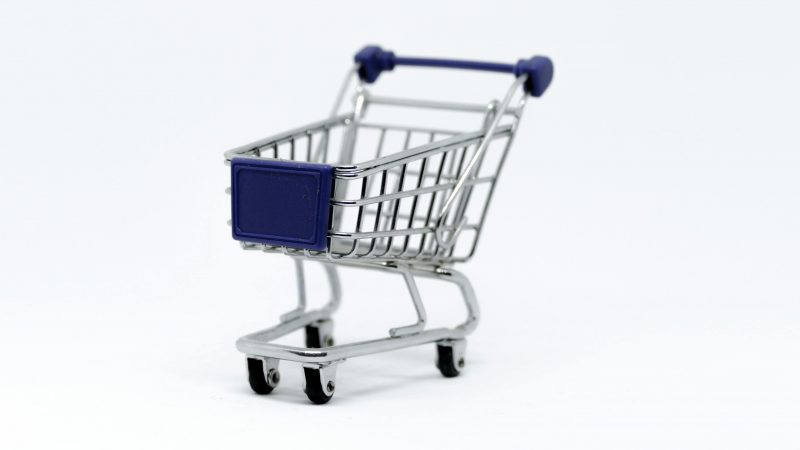£4 billion is lost to the UK economy every year due to the sale of counterfeit goods.
Knowingly and Unknowingly Buying Counterfeit Goods
The Organisation for Economic Co-operation and Development reports that global trade in fake goods accounted for an estimated 467 billion USD in global trade in 2021.
According to a government survey, 24% of respondents stated they had knowingly made a counterfeit purchase. Therefore, some customers are actively seeking to buy counterfeit products due to them being cheaper than genuine items.
However, some individuals are buying counterfeit goods without their knowledge, particularly with purchases made online. Research by Experian discovered that fake or counterfeit goods were the most common scams encountered by those using online marketplaces. For information on other types of scams you might encounter when buying online, check out this blog.
The Issue with Fakes
Counterfeit items can be faulty, made of poor-quality materials, and may not comply with UK safety standards. Counterfeit goods are untested and unregulated, meaning you cannot guarantee their safety.
According to government information, 75% of seized counterfeit children’s toys fail safety tests, due to issues like choking hazards and the use of banned chemicals. The Anti-counterfeiting group also states that fake cosmetics, perfumes, and other beauty and hair products have been found to contain horse urine and rat droppings, in addition to toxic ingredients like arsenic, lead and mercury.
Even counterfeit items which are a lower safety risk, like clothing, come with issues. As well as the quality issues already mentioned, buying counterfeit items like clothing can still do wider damage, as there are clear links between illicit trade and wider criminality, such as slave labour, child labour, human trafficking, drug trafficking, extortion, and money laundering. The United Nations provide more information on the links between counterfeit goods and transnational organised crime here.
Avoiding Counterfeit Items
To avoid buying fakes, consider the following:
- When buying from a website, ask yourself if you think it’s trustworthy. You can check company names along with their address and contact details online, as well as considering whether the website you are using looks professional with proper spelling and grammar
- Compare prices online and if the price seems too good to be true, it probably is
- Be wary of designer goods which are advertised via online marketplaces
- Use a debit or credit card, or a secure payment service like PayPal when buying goods online to give yourself more protection with your purchase. Research by Experian found that 39% of people would pay by bank transfer to secure a high-demand item. However, paying via bank transfer means it is harder to recover your money if the transaction turns out to be fraudulent, as they typically offer no buyer protection
- Use Vistalworks’s online tool to check products before you buy them. This online tool is currently restricted to products on sale on Ebay and Amazon
- When buying from an online seller, have a look at the other items they are selling…if they are selling multiples of the same designer item, this could be a red flag. You should also have a look at their profile to check they haven’t been rated poorly by past buyers
- Be wary of any seller pressuring or rushing you to make a decision – if you feel like you’re being pressured into buying something, take a step back and look at all of the details
